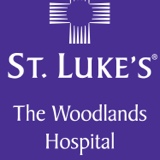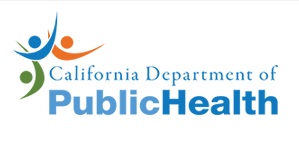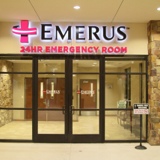Title Page
-
Site conducted
-
Pharmacy
- C&W 7
- CW CES
- CW OR
- C&W 10
- B2 Central
- UH OR
- UH AES
- CVC Satellite
- BCSC Retail
- BCSC Infusion
- BCSC OR
- KEC OR
- KEC Retail
- WAA Infusion
- Northville Infusion
- EAA Infusion
- UH Research
- EAA Specialty
- Taubman Infusion
- Taubman Retail
- CC Infusion
- CC Retail
-
Conducted on
-
Prepared by
-
Pharmacy Manager
-
Other Lead(s)
-
Individuals Present
-
Instructions: Please answer all questions with Yes, No or NA. NA should be used when you feel that the question does not apply to your area. If you are unable to assess, please select NA and note that in your survey
Department of Pharmacy - Pharmacy Inspection
-
Pharmacy Visitor log is filled out correctly and completely. Forms are stored for 3 years, with a minimum of 12 months on hand at the pharmacy location.
-
Are all security specific locks functioning? (i.e. doors to secure areas are not propped open, housekeeping closets are locked, lock combinations are not<br>written down near keypads or access to secured medications etc.).
-
The environment is free of excessive combustible material. (i.e. wall<br>decorations and office spaces).
-
The environment is free of open element space heaters, toasters and other<br>potential ignition sources.
-
Space heaters in permissible areas are 3 feet from combustible material and<br>are not placed under desks, shelves or in other enclosed areas. Space heaters<br>are prohibited in all patient care, and sleeping areas for patients, visitors, and<br>staff.
-
Fire Safety Tackboards have information posted that is current and accurate. (i.e. accurate emergency floor plans, fire plans have been reviewed annually, SDS information is accurate etc).
-
There is at least 18" of open space maintained below a sprinkler head or the<br>ceiling and the top storage or equipment.
-
Furniture and light fixtures are clean and in good condition.
-
Procedures for proper storage and prompt disposal of trash are followed (i.e.<br>floor is free of debris, offensive odors, spilled liquid etc).
-
Exits, egress routes and exit discharges are clear of obstructions or impediments, clear as built, to the public way.
-
Emergency power outlets are marked with red covers and used for emergency<br>equipment only (e.g. carousels, ADCs, Refrigerators, Freezers). Note: Please<br>ensure if emergency equipment is ever moved (permanently or temporarily)<br>that it continues to be plugged into emergency power.
-
Electrical panels are covered, unobstructed and locked.
-
The environment is free of electrical hazards (frayed wires, broken outlets,<br>electrical outlet cover plates missing, daisy chained chords, unattended space heaters etc.).
-
Refrigerators and freezers are clean with no evidence of ice build-up.
-
Refrigerator is labeled "Medications Only" and used only for medications.
-
Staff know response procedures when medications are exposed to out of<br>range refrigerator/freezer temperatures.
-
Temp Trak probes used in temperature monitoring are in all non-staff refrigerators and freezers
-
All the sharps containers and pharmaceutical waste are within date range and<br>labeled with the department name, location and start and end date.
-
Protected Health Information (PHI) is not unattended or visible to the public.
-
Are employees and others wearing I.D. badges above the waist.
-
Under sink cabinets are clear of supplies and/or clutter.
-
The linen carts and supply carts have plastic liners on the bottom shelves.
-
Medication storage are clean, well-organized and clearly labeled.
-
Controlled substances and controlled waste containers are not disposed of in<br>open waste bins.
-
Controlled substances are stored appropriately.
-
Automated Dispensing Cabinet (e.g. Pyxis) narcotic cycle count is performed once weekly (perpetual inventory within Pharmacy)
-
High alert medications are clearly labeled with a "High-Alert" warning and<br>separated from other medications (e.g. neuromuscular blockers, opiate<br>injections, anticoagulants, insulin injections, chemotherapy drugs, concentrated electrolytes, parenteral prostacyclins, all intrathecals). *Intrathecals stored separately from other parenteral products.
-
Topical medications, reagents and chemicals are separated from internal<br>medications.
-
Multiple concentrations of the same medication (e.g. lidocaine, insulin, and<br>look alike/sound alike medications) are separated from other medications on<br>shelf or bin and labeled to avoid dispensing errors.
-
Containers (bottles) of fluid (e.g. sterile water, saline) are dated and timed when opened and discarded within 24 hours.
-
Multidose and Single Dose vials are handled appropriately.
-
Pharmacy is checked monthly for expired medications and compounding products. Expired medications are segregated, and returned to B2 pharmacy.
-
Staff can describe what to do if a patient is harmed or nearly harmed by a<br>medication safety event or adverse drug event.
-
Other Findings
-
Comments











